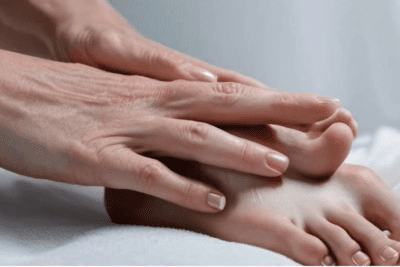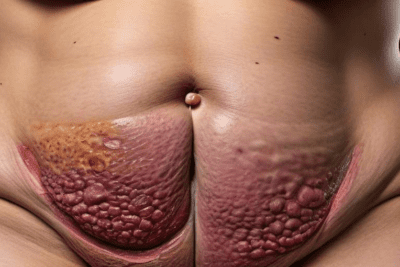
Understanding Yeast Infections is important for recognizing symptoms and causes. Yeast infections can affect various parts of the body, like the skin, vagina, and mouth. Factors like antibiotic use, pregnancy, and weakened immune systems can increase the risk. Seeking proper diagnosis and treatment is crucial for effective management. Remember to follow healthcare professionals' advice for prevention and treatment.











What you\'ll find in this article?
Understanding Yeast Infections
Yeast infections are common and understanding their nature is essential. They can affect various parts of the body, including the skin, vagina, mouth, and nails. Here is an overview of yeast infections, their symptoms, and possible causes:
Overview of Yeast Infections
Yeast infections, caused by Candida albicans, are fungal infections that commonly occur in warm, moist areas of the body. While they can affect anyone, certain risk factors can make individuals more susceptible to these infections.
Yeast Infections Symptoms
Symptoms of yeast infections can vary depending on the affected area but commonly include itching, redness, discharge, and pain. Recognizing these symptoms is crucial for timely diagnosis and treatment.
Causes of Yeast Infections
- Antibiotic Use: Disrupts the balance of yeast and bacteria in the body.
- Pregnancy: Hormonal changes can increase the risk of yeast infections.
- Diabetes: Poorly controlled diabetes can create an environment conducive to fungal growth.
- Weakened Immune System: Conditions that weaken the immune system can make individuals more susceptible to yeast infections.
Dealing with Vaginal Yeast Infections
Vaginal Yeast Infections Explained
Vaginal yeast infections occur when there is an overgrowth of yeast in the vagina, specifically a type called Candida. This overgrowth can lead to discomfort and symptoms such as itching, burning, and abnormal discharge. It is important to understand the causes and risk factors that contribute to the development of these infections.
Symptoms of Vaginal Yeast Infections
The symptoms of vaginal yeast infections can vary from person to person, but common signs include itching, redness, swelling, and a thick, white discharge that resembles cottage cheese. Some individuals may also experience pain or burning during urination or intercourse. Recognizing these symptoms is essential for prompt diagnosis and treatment.
Diagnosis and Treatment of Vaginal Yeast Infections
Diagnosing a vaginal yeast infection typically involves a healthcare provider evaluating symptoms and sometimes collecting a sample for further testing. Treatment often includes antifungal medications, which can be prescribed in the form of creams, suppositories, or oral tablets. It is crucial to follow the prescribed treatment regimen completely to ensure the infection is properly resolved and to prevent recurrence. Regular follow-ups with healthcare providers may be necessary to monitor progress and address any concerns.
Prevention and Treatment
Preventing Yeast Infections
Preventing yeast infections involves adopting good hygiene practices and making lifestyle adjustments. Here are some tips to help prevent these infections:
- Avoid wearing tight-fitting clothing that can create a warm, moist environment ideal for yeast growth.
- Opt for breathable cotton underwear to promote airflow and reduce moisture.
- Practice good genital hygiene by washing with mild soap and water, and ensuring proper drying.
- Avoid using scented products in the genital area, as they can disrupt the natural balance of bacteria and yeast.
- Maintain a healthy diet rich in probiotics, which can help regulate yeast levels in the body.
Common Treatments for Yeast Infections
When diagnosed with a yeast infection, common treatments may include antifungal medications in oral or topical forms. It is crucial to follow your healthcare provider's instructions for proper administration and completion of the treatment course to avoid recurrence.
Tips for Yeast Infection Prevention
Aside from practicing good hygiene and avoiding risk factors, there are additional measures you can take to prevent yeast infections. Consider the following tips:
- Avoid douching, as it can disrupt the natural balance of bacteria and yeast in the vagina.
- Ensure proper ventilation in the genital area by wearing loose-fitting, breathable clothing.
- Manage underlying health conditions, such as diabetes, by following your treatment plan and maintaining regular check-ups.
- Limit sugar intake, as yeast thrives on sugar, potentially exacerbating infection.
✨ Other articles you might be interested in:
- Understanding type 1 diabetes | ADA: Insights and management
- Understanding and Managing High Morning Blood Glucose Levels
- Scientists Chinese found cure for type 2 diabetes with cellular therapy
- Understanding Warning Signs and Symptoms of Chronic Illnesses
- Understanding hyperglycaemia (hypers) | High blood sugar management and prevention











